Affiliate links on Android Authority may earn us a commission. Learn more.
5 bad ways Google is copying iPhones past and present with Pixel 4
Published onOctober 19, 2019
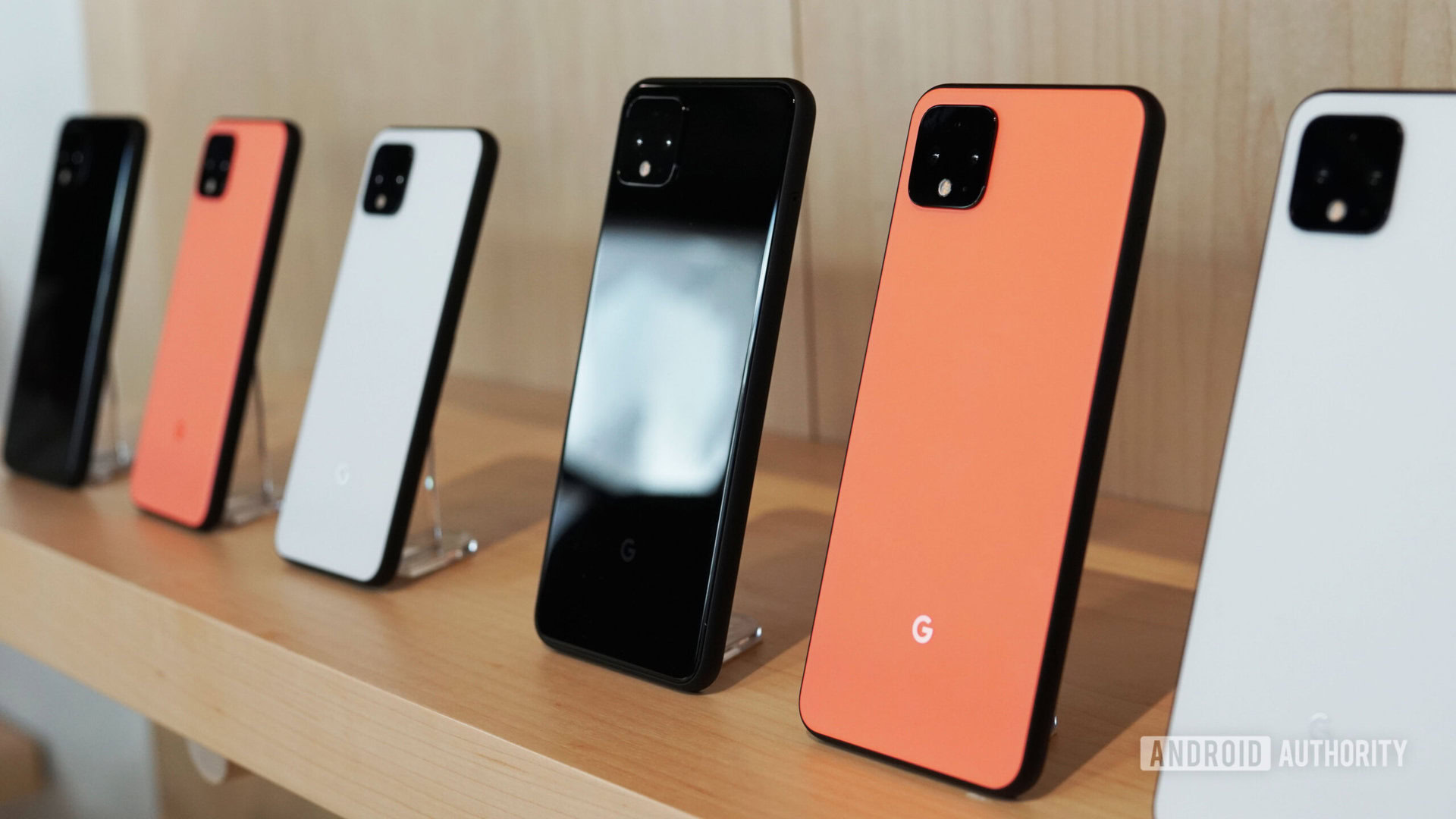
The Google Pixel 4 series represents the next step in Google’s quest to become a successful smartphone brand. Its latest phones seem to continue the trend of delivering fast updates and cutting-edge computational photography, but it’s clear that Google wants to be the Apple of the Android world.
Behind the scenes: Google’s Pixel cameras aren’t trying to be cameras at all
Now, there’s nothing wrong with looking to Apple for inspiration. We’ve seen the likes of Samsung, Huawei, and Xiaomi all do this to varying degrees over the years. But it’s clear that Google has been aping plenty of bad things about iPhones past and present with its Pixel 4 series.
64GB of base storage
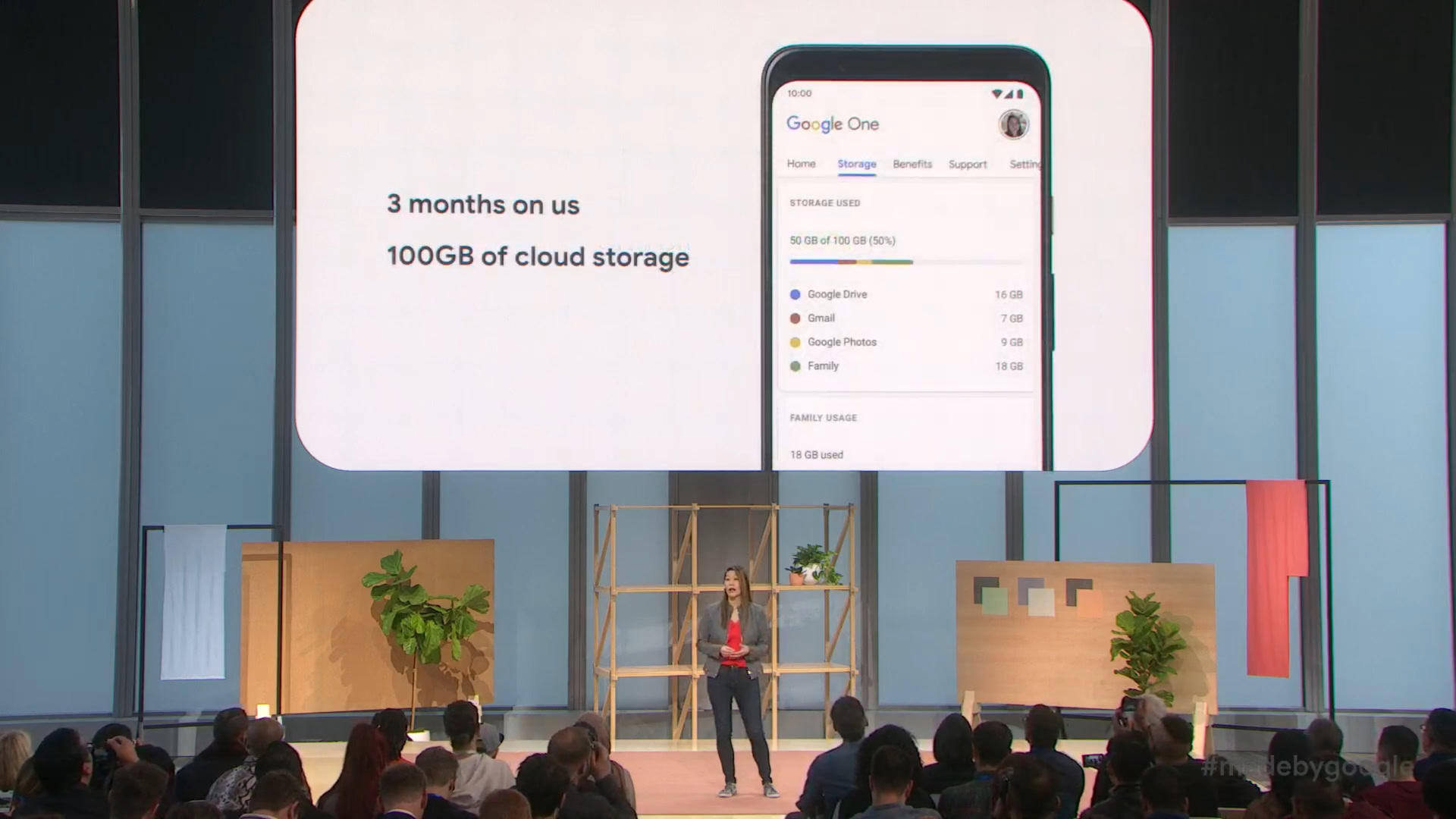
One of the most obvious areas Google has likely looked to Apple for inspiration is in the paltry amount of base storage. In a time when virtually all premium flagships on the market start at 128GB of expandable storage, it’s disappointing to see the Pixel 4 and XL model offer 64GB instead. This might be forgiven if it’s an affordable flagship, but not when the phone starts at $800.
Read: Without unlimited, original quality photo backups, a 64GB Pixel 4 is ridiculous
What makes matters worse is that Google has also followed Apple by refusing to implement microSD expansion in its phones. Sure, some people might say that Google Photos, Google One, and other cloud storage options are available. But Google Photos no longer offers free original quality photo backups for Pixel phones, and 4K videos count towards the storage limit. Toss in the 2GB+ size of games today and there’s no justification for 64GB of storage in a premium flagship.
Small battery in the standard model
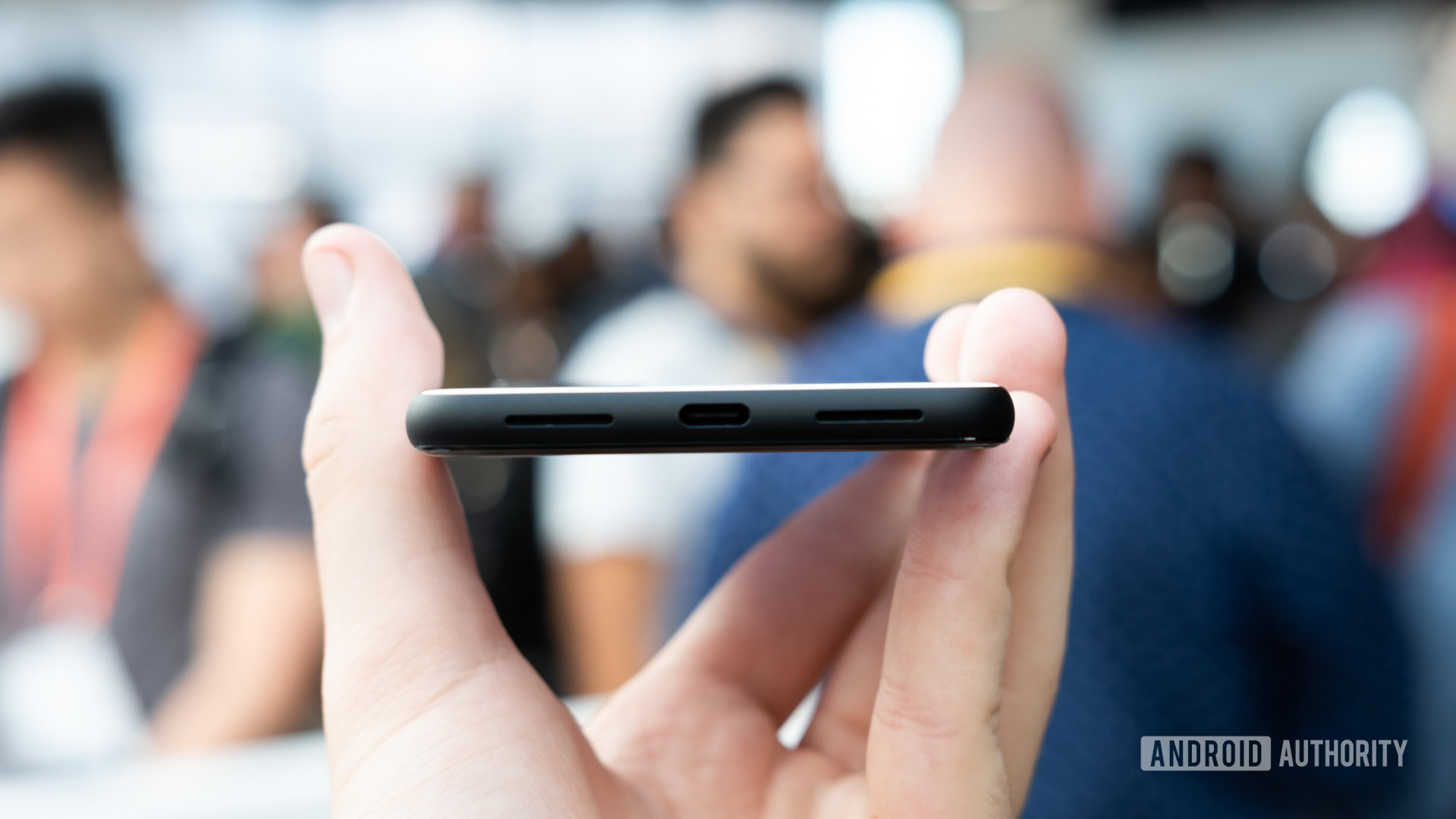
One of the most frequent complaints about older iPhones had to be the small batteries in the non-Plus variants. It wasn’t uncommon to hear people saying their iPhones needed to be charged twice a day — and it was undoubtedly a factor in Apple throttling devices in a bid to improve battery life.
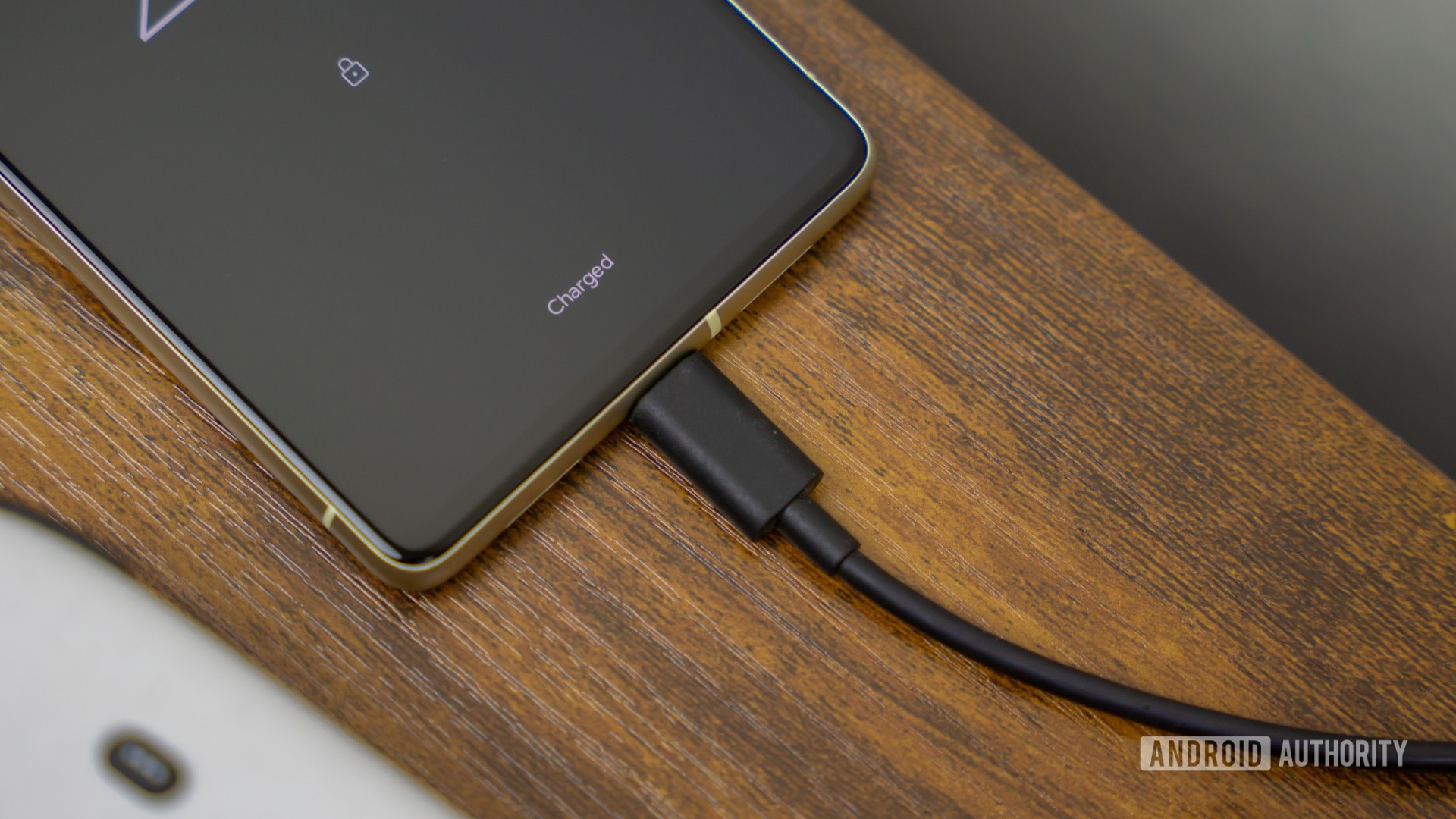
Unfortunately, Google has taken the same approach with its standard Pixel phones. Last year’s Pixel 3 offered a 2,915mAh battery, slightly smaller than even the Galaxy S8 and Galaxy S9‘s pack. But the Pixel 4 has somehow seen a decrease in capacity, to 2,800mAh. A small battery is concerning because even if the battery life is satisfactory at first, it’s only going to get worse as the battery degrades.
It’s especially galling when Apple’s most recent entry-level iPhones (namely the iPhone XR and iPhone 11) have both been lauded for their battery life. The Cupertino company learned from its mistakes, so why can’t Google after all this time?
Face Unlock only

Apple made headlines back in 2017 when it decided to ditch a fingerprint scanner in favor of 3D face unlock. Facial recognition had been done on mobile before, but they were all simple, camera-based solutions compared to Apple’s feature.
3D face unlock has since appeared on Android phones too, such as the HUAWEI Mate series. Google has followed by bringing the feature to the Pixel 4 series, but it pulled an Apple and ditched fingerprint authentication in favor of the feature.
The jury is out as to whether Google’s take on 3D face unlock is as effortless and fast as fingerprint unlocking, although the Soli radar supposedly helps matters. But it’s a little disappointing to see Google ditching fingerprint scanning completely, especially when there’s the possibility that some apps might not support face unlock yet.
A second secure biometric authentication method would also be welcome in the event that the first phone suffers from a security flaw (e.g. the Galaxy S10). Heck, the Pixel 4 face unlock reportedly works when the person is sleeping too, and it’s believed that there’s no way to toggle an eye check.
No 3.5mm port
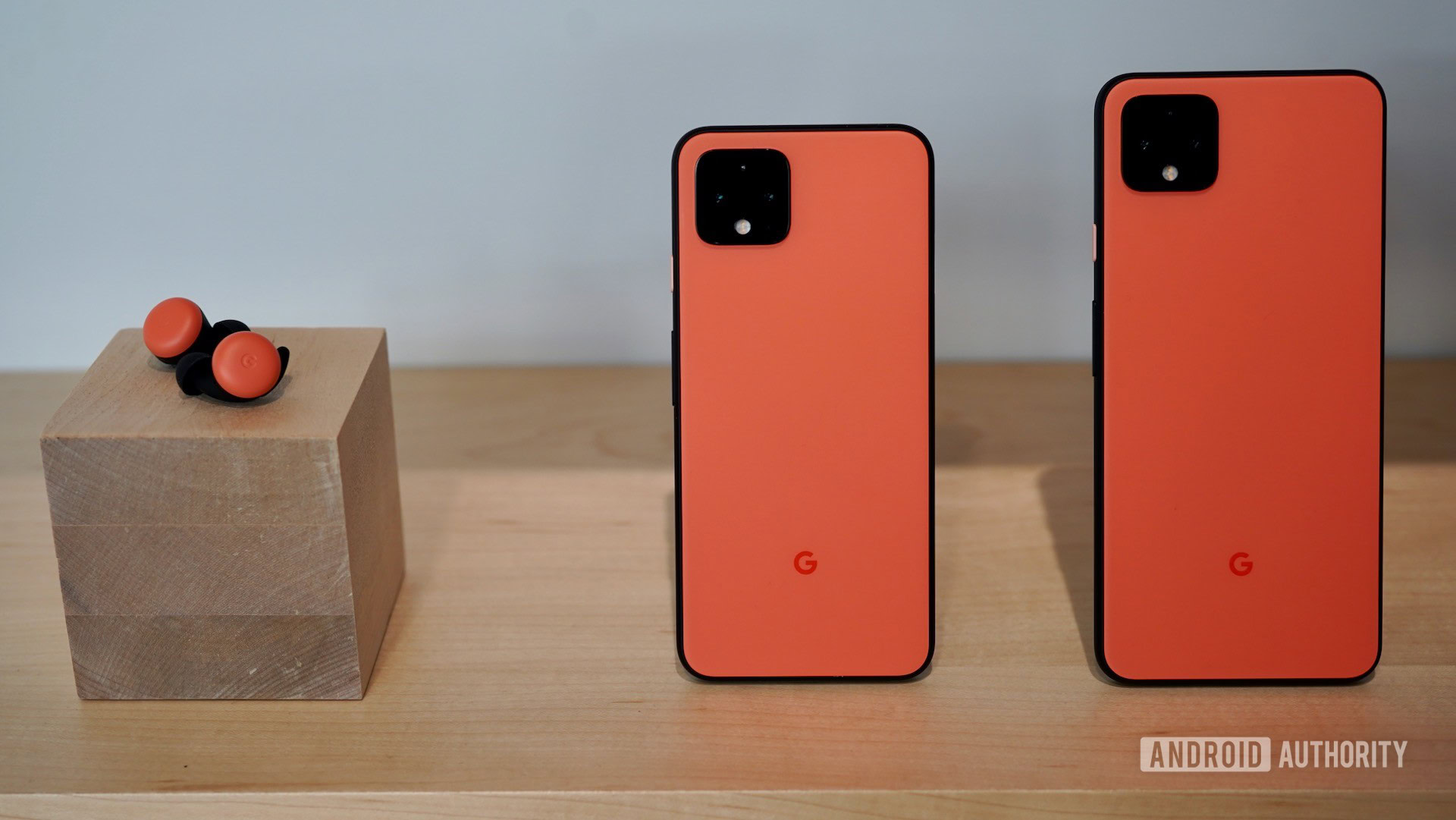
Yes yes, this move isn’t new for the Pixel 4, as Google ditched the headphone port a year after Apple did the same with the iPhone 7 series. The search company went so far as to mock Apple for doing so at the first Pixel launch in 2016, but then dropped the port for the Pixel 2.

Is it because Google can squeeze more battery life into its phones? Looking at the current battery capacity, probably not. Or is it a case of following Apple’s lead because it realized that there was potentially money to be made by selling audio accessories? That certainly feels closer to the truth.
Google’s decision to drop the 3.5mm port on its flagships is also interesting because it’s refused to do so on the budget-focused Pixel 3a series. And for the record, the Pixel 3a has a slightly bigger battery than the Pixel 3 and Pixel 4.
Triple cameras
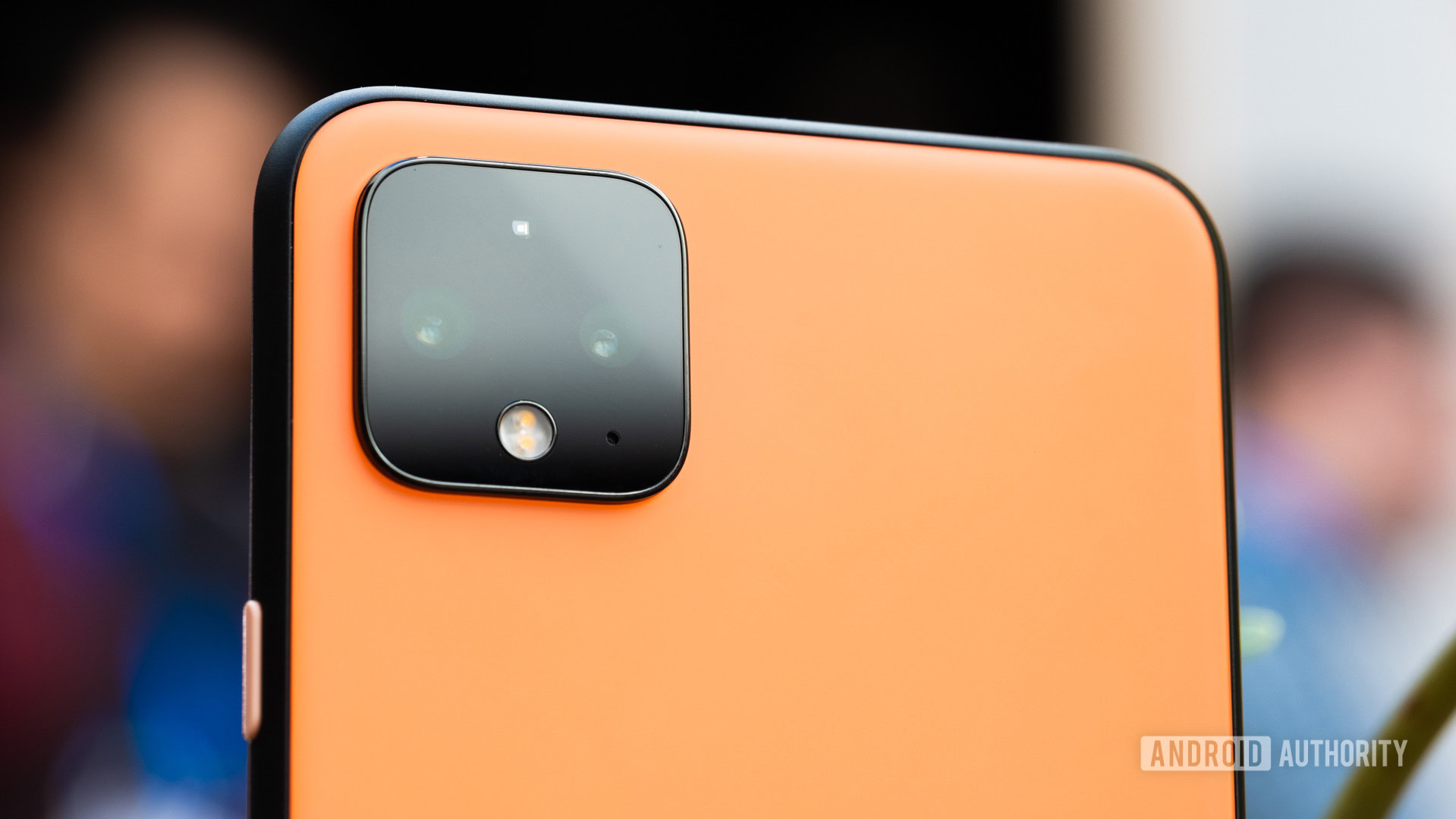
Apple has long insisted on a dual camera arrangement for its wares, although the iPhone 11 marks the first time that the cheapest iPhone has two rear shooters as well.
Google has insisted on using a solitary rear camera on its phones since 2016 (the same year we saw dual camera setups explode in popularity), pushing the boundaries of what’s possible in the process. But 2019 sees the Pixel series finally adopt multiple cameras, albeit only two cameras rather than three as seen on this year’s iPhones and other premium flagships.
Google’s decision to go with a main+telephoto arrangement mimics the setup long used by iPhones. But even Apple has moved past this arrangement in favor of a triple camera setup, which means iPhones offer a more flexible camera layout. The search company addressed this decision this week, saying that “wide angle can be fun” but that it thinks telephoto zoom is more important. But why can’t we have both options, as is the case with almost every other manufacturer out there?
It’s clear that Google’s Pixel series is a vehicle for the company to showcase its software and machine learning prowess. But if Google wants to avoid a sales drop, it can’t afford to be ridiculously late to big trends (or worse, copying old trends from arch-rival Apple).